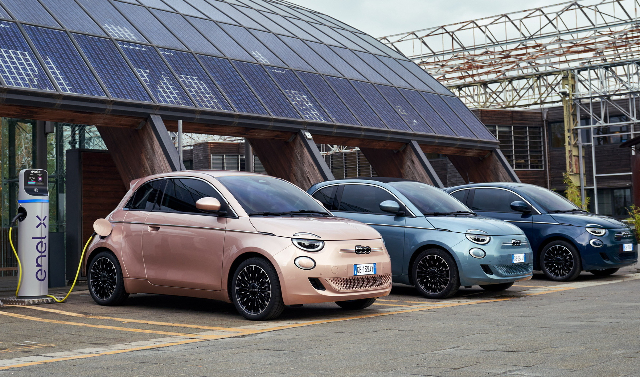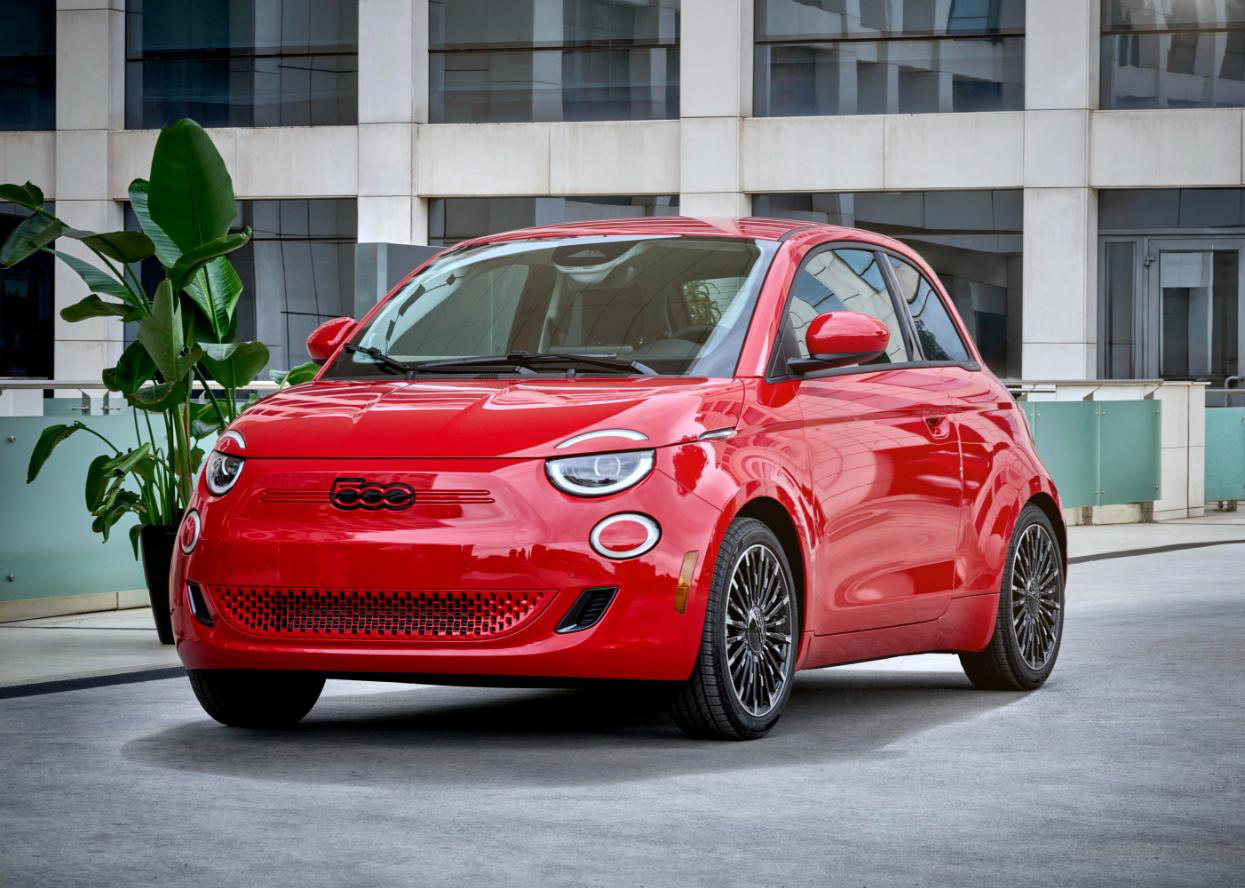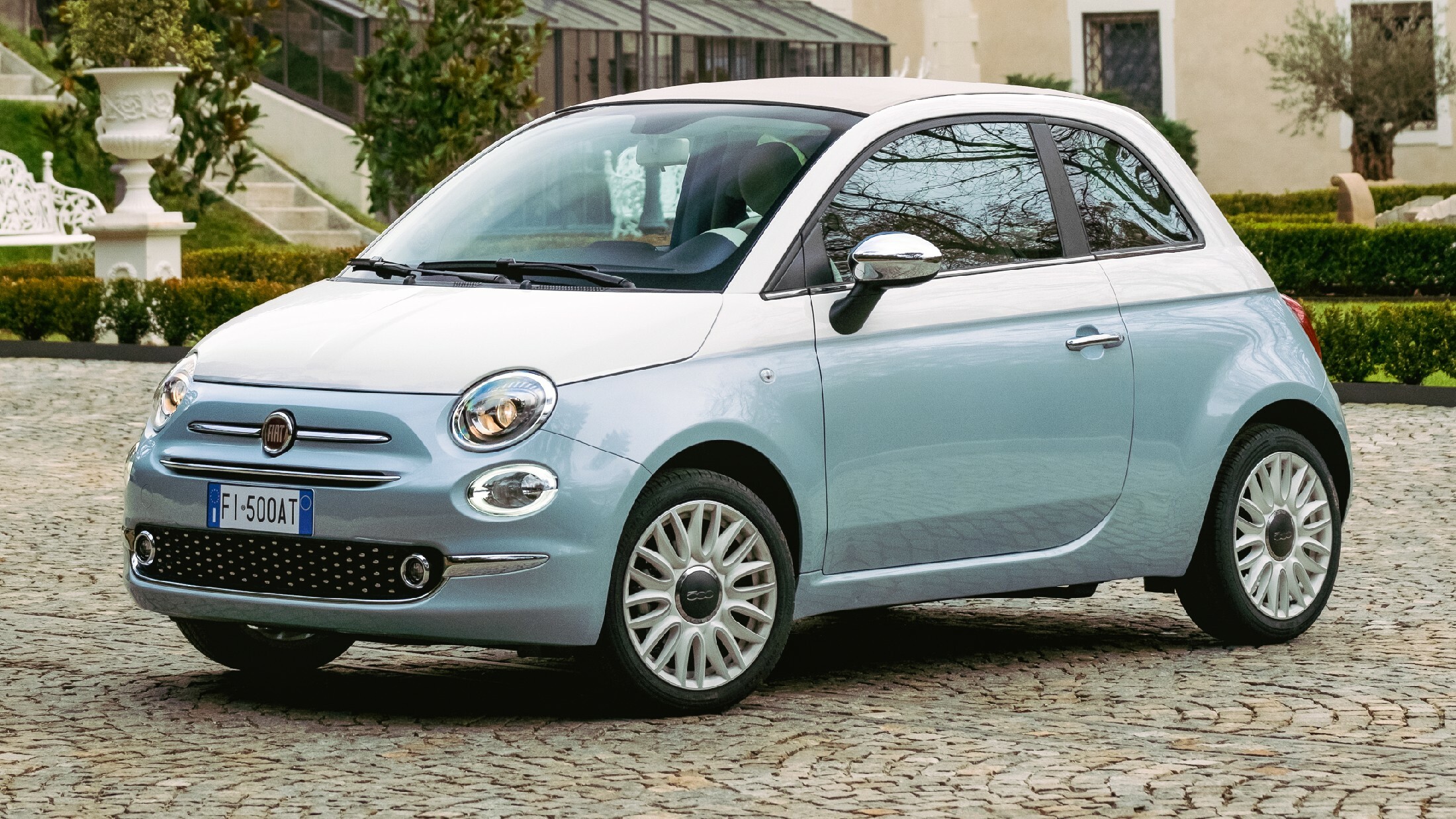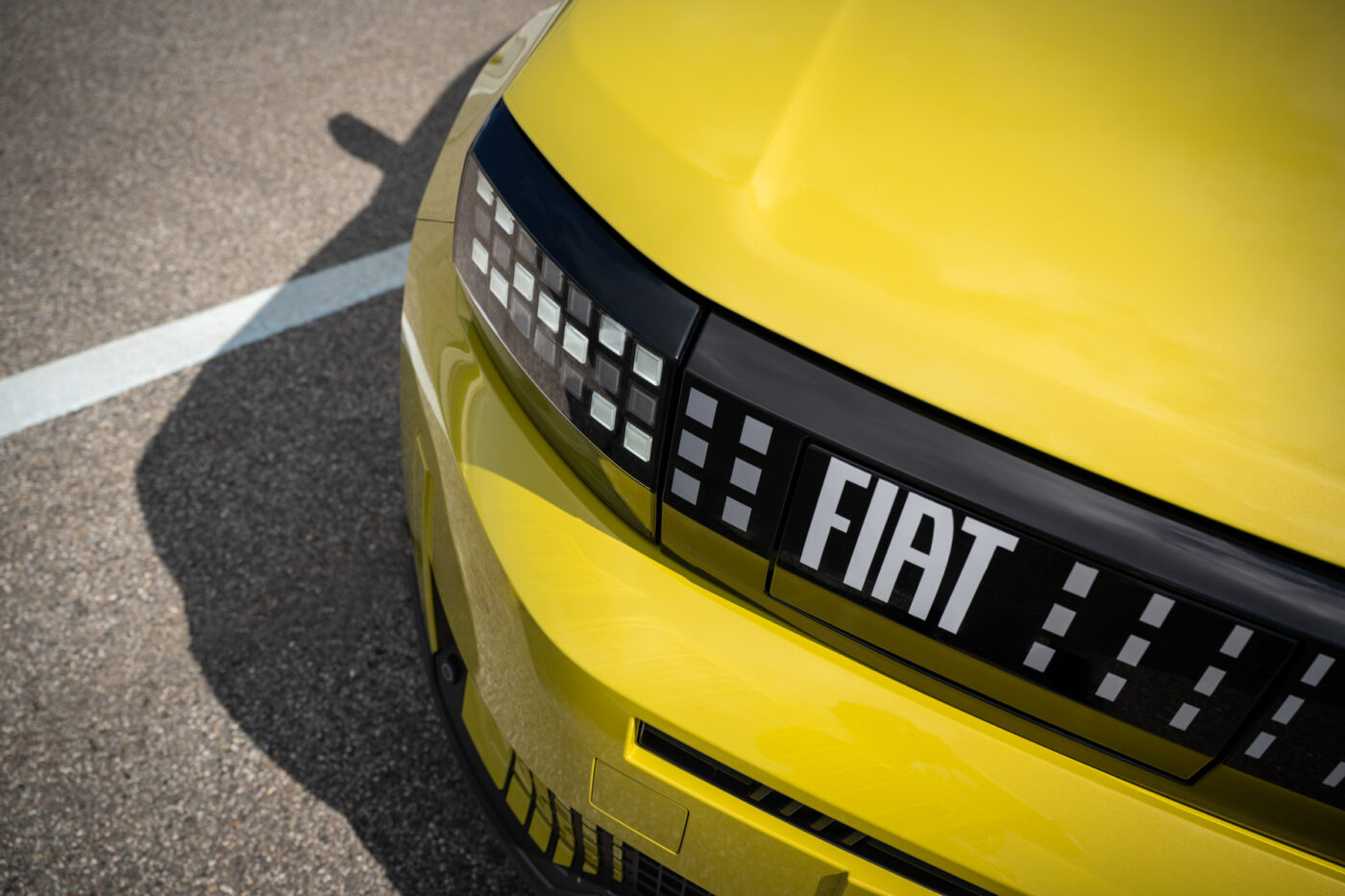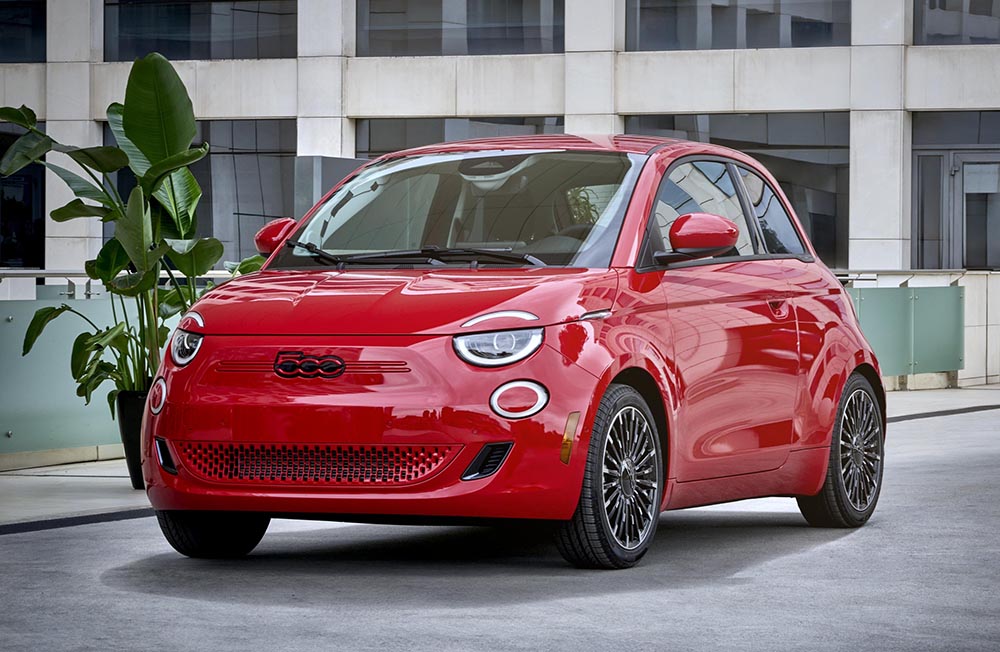Fiat is making a significant pivot in response to the sluggish electric vehicle (EV) market by converting its electric 500e model back to an internal combustion engine (ICE) variant, according to recent reports.
The 500e, launched in the U.S. earlier this year and in Europe in 2020, has coexisted with the older, less expensive ICE-powered 500 in Europe. However, the aging ICE 500 will be discontinued in Europe this year due to non-compliance with the region’s latest safety and cybersecurity regulations, though it will continue to be sold in Africa, as reported by Auto News.
Rather than invest in updating the ICE 500, Fiat has decided to redirect those funds to bring the Panda, renamed Pandina for its upcoming EV version, up to current standards. Despite the 500e’s presence, sales haven’t met expectations, reflecting a broader slowdown in the EV market. Data Force figures cited by Auto News reveal Fiat sold over 104,000 ICE-powered 500s in Europe last year compared to just 62,000 of the newer electric version.
Fiat’s plan now involves retrofitting an ICE engine into the 500e, a move first reported by Italian newspaper Corriere della Sera and later confirmed by suppliers. This hybrid-adapted 500e will be manufactured alongside its fully electric counterpart at Fiat’s Mirafiori plant in Turin. Meanwhile, production of the current combustion 500 will shift from Poland to Algeria, aligning with its new market in Africa.
Converting an EV originally designed without an ICE engine into a hybrid is not only unconventional but also time-consuming. Adapting the 1.0-liter, 69 hp (70 PS) three-cylinder FireFly mild-hybrid motor to the 500e will require significant effort, followed by the lengthy process of homologation. Consequently, the mild hybrid variant of the 500e is not expected to be ready for sale until late 2025 or early 2026, leaving Fiat dealers without a replacement for its best-selling model in Europe for over 18 months.

